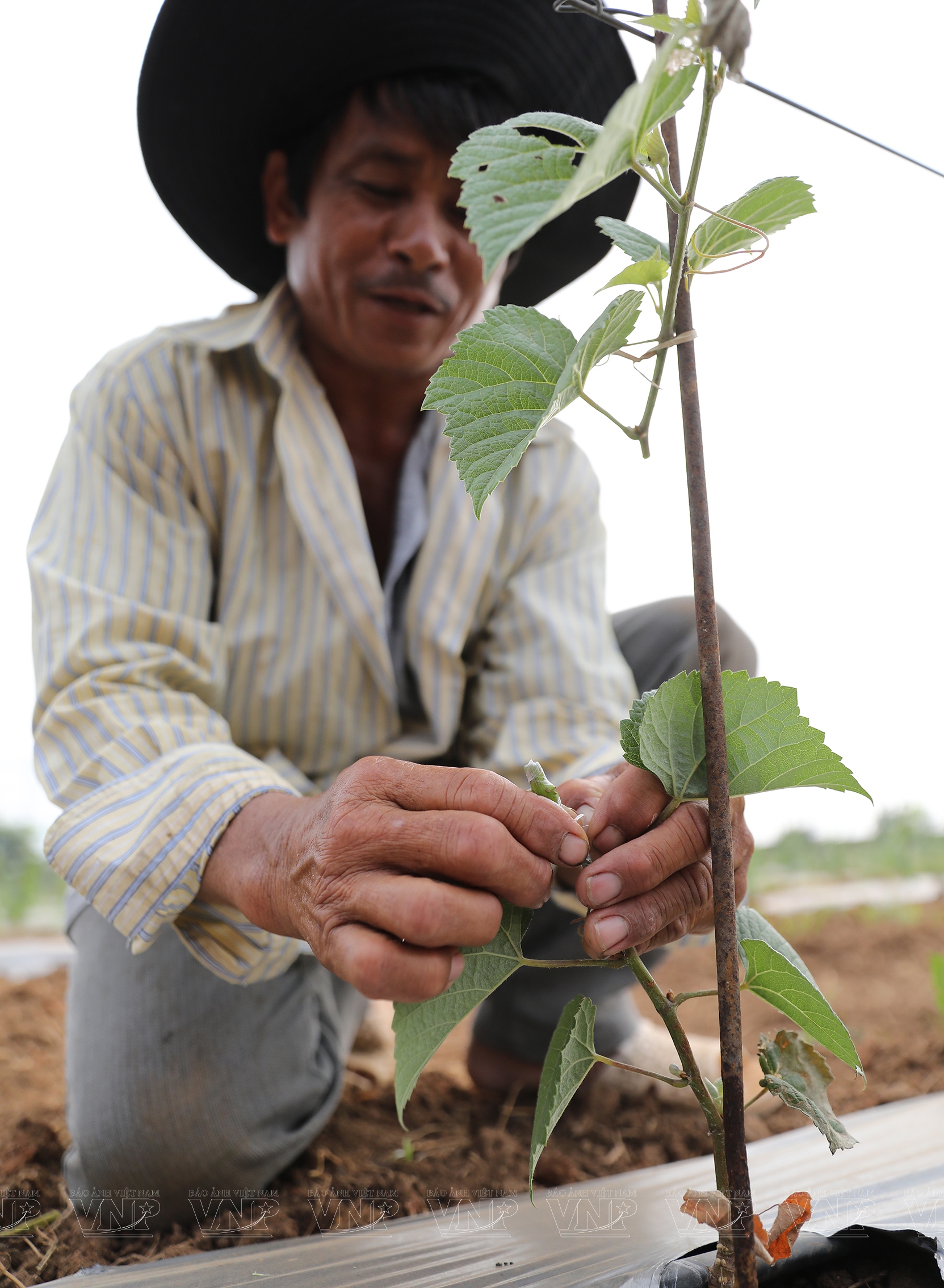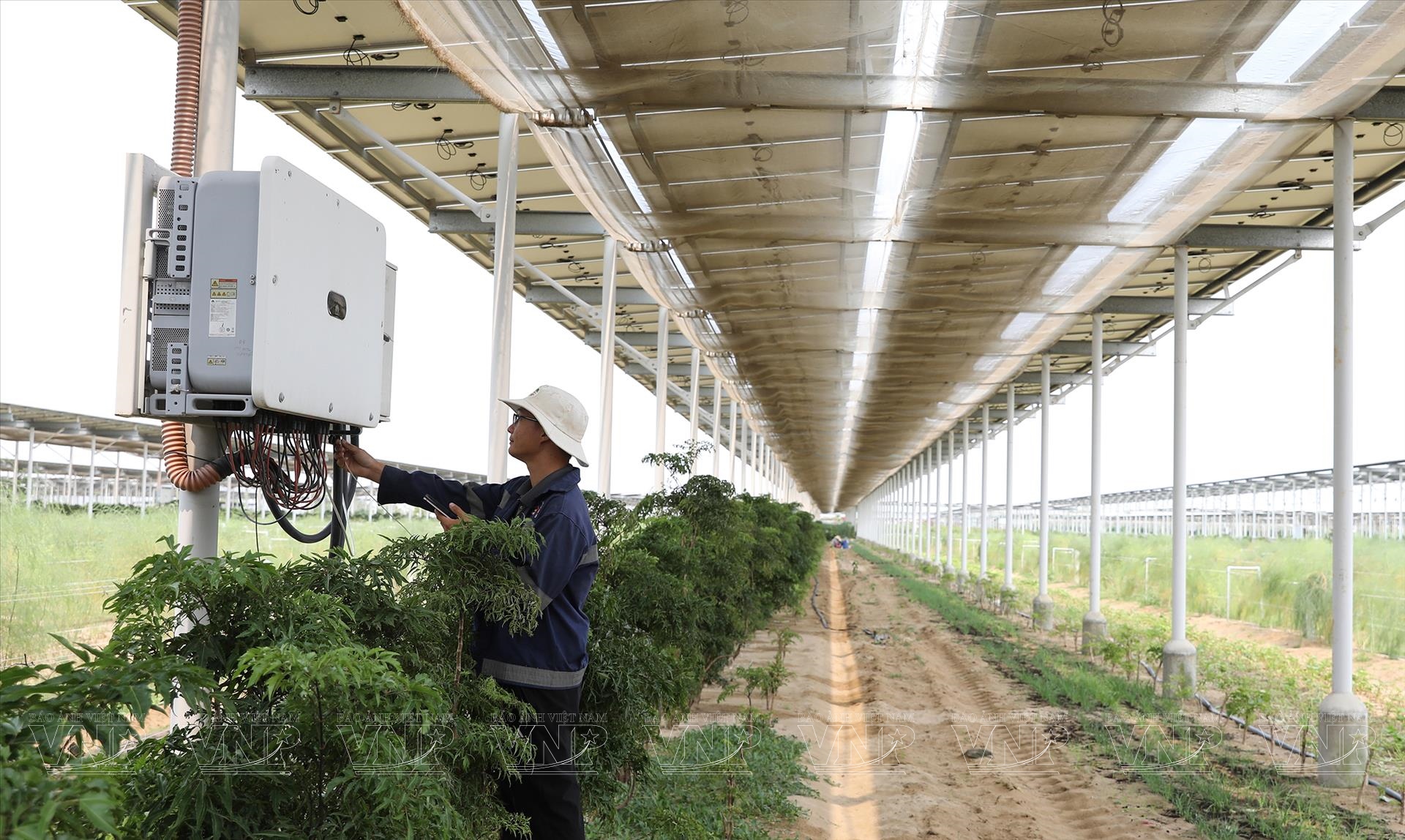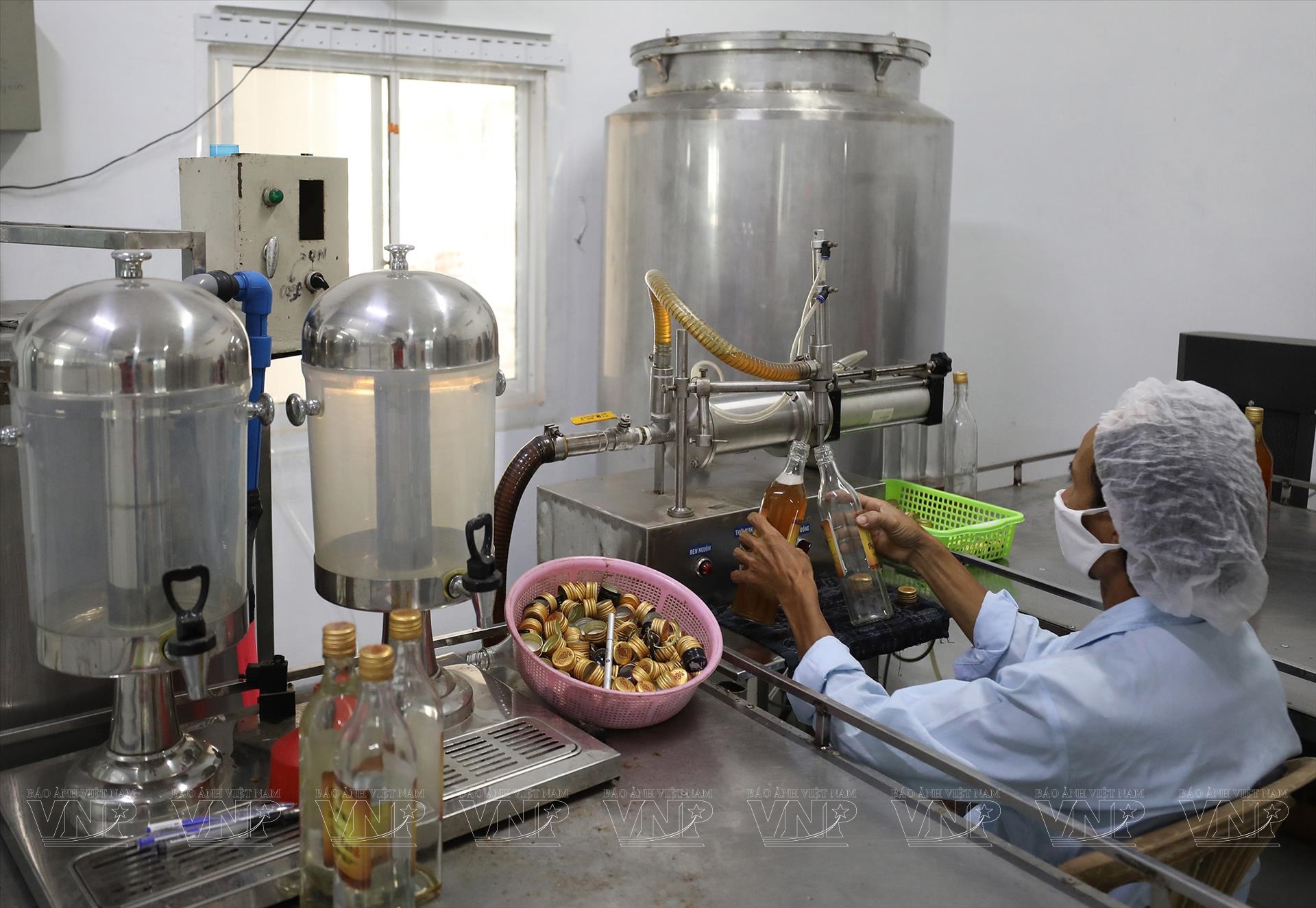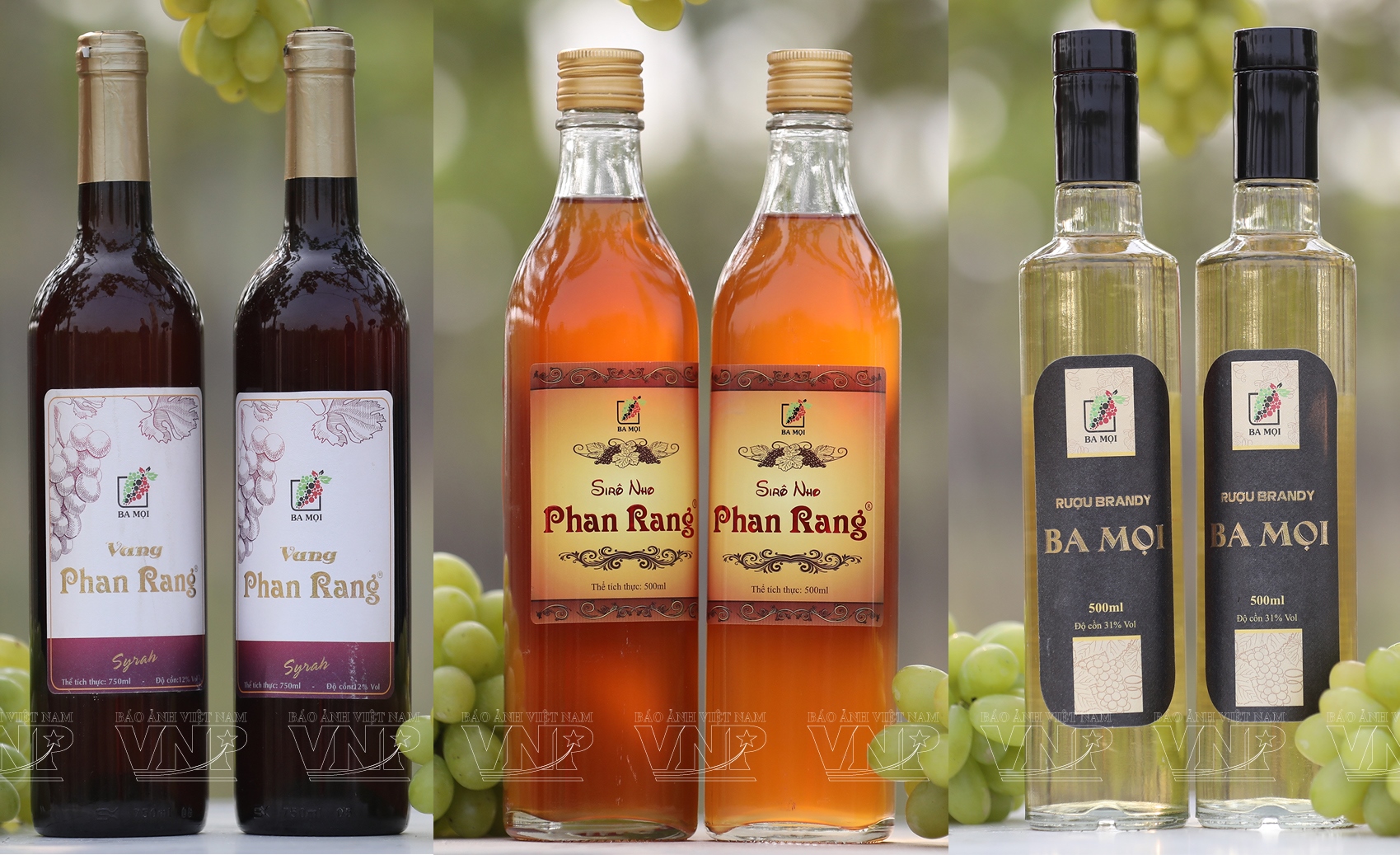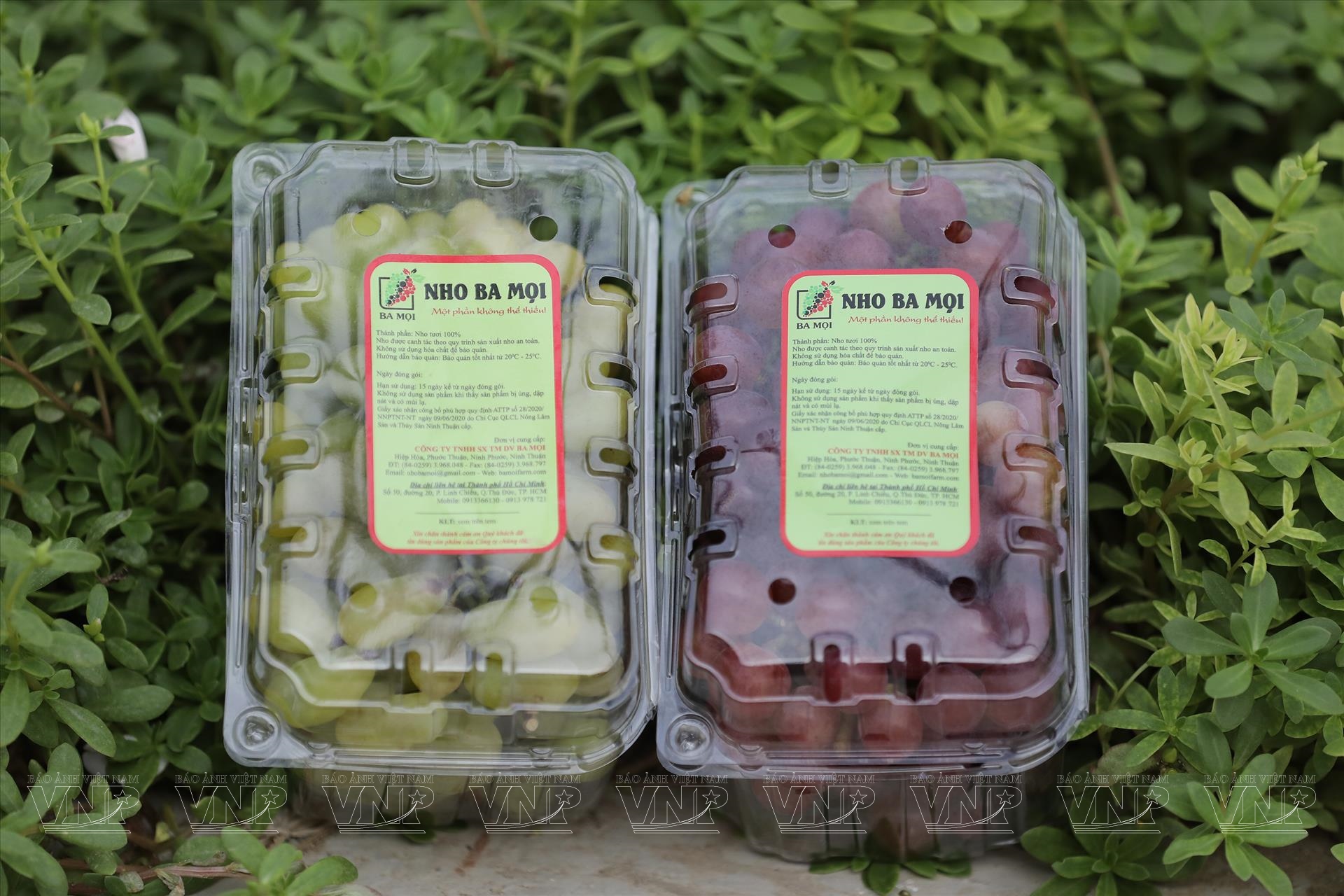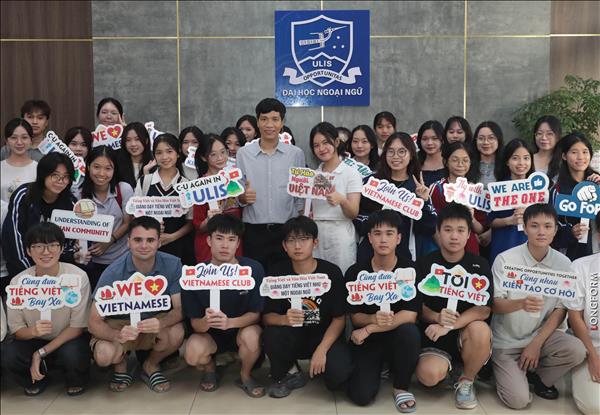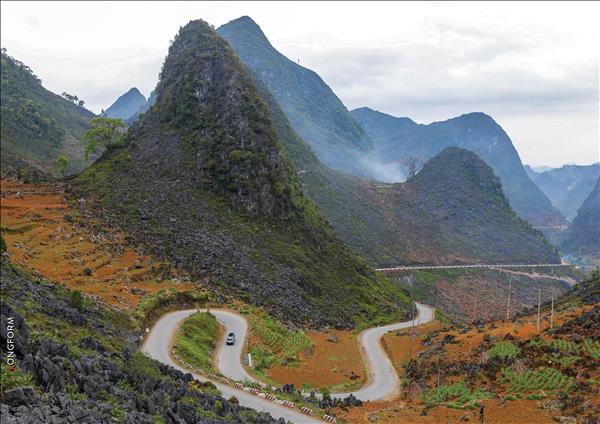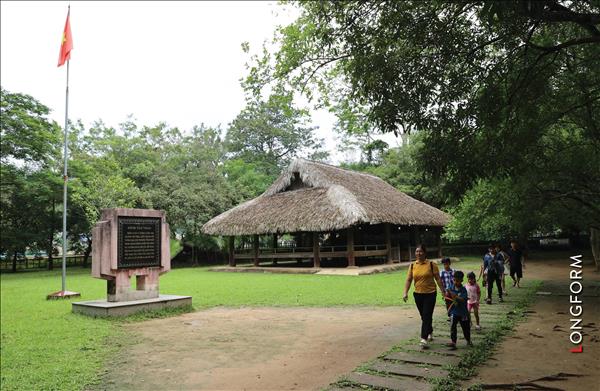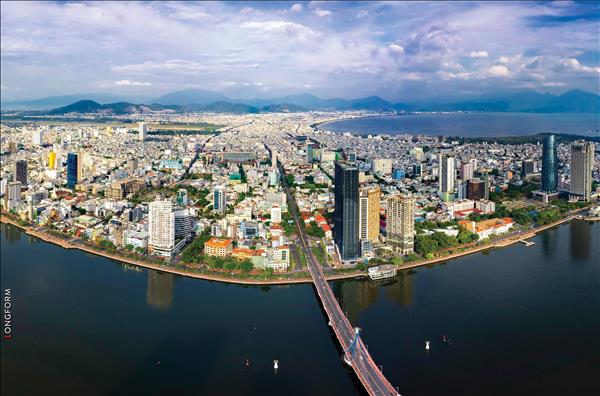The vineyards of grapevines laden with fully ripe fruit and the fields of fresh aloe vera and asparagus covering the dry and sandy areas have created a vital agricultural picture of Ninh Thuan province which is known as the "sub-Sahara desert" of Vietnam. These specific agricultural products not only help Ninh Thuan make the dry and sunburned land green, but also play an increasingly important role in the local economic development.
Greening the "Desert" with Specific Agricultural Crops
Located in the South Central Coast region, Ninh Thuan has been dubbed as the "sub-Sahara desert" of Vietnam because of its desert terrain with very low annual rainfall, causing drought and heat all year round. The total area of abandoned land in Ninh Thuan is 41,021ha, accounting for 12.21% of the province's natural land area.
Overcoming difficulties, the locals have turned disadvantages in terms of climate into advantages by growing grapes, a crop tolerant of drought and heat. The scorching and harsh land of Ninh Thuan has become an ideal area for grapevines.
The grapes were brought to Vietnam in 1960 and were planted in the Nha Ho Cotton Research and Agricultural Development Institute (Ninh Son district, Ninh Thuan province), formerly the Nha Ho Center, with grape varieties originating from the tropical and temperate areas of Thailand, Korea and the United States. The province has now about 1,114ha of grapes of all kinds, of which two major varieties of red cardinal and NH01-48 account for about 80% of the area. On average, Ninh Thuan province annually supplies the market with about 26,583tons of grapes, making up 80% of the output.
The Grape and Wine Festival, a traditional festival of Ninh Thuan, is held every two years in order to build the local brand with specific agricultural products. The event also aims to honor the cultural beauty of the ethnic groups in the province. This year, the event will take place from June 13-18, which is expected to be the largest organized festival ever in the area.
When speaking about grapes in Ninh Thuan, it is impossible not to mention Nguyen Van Moi, owner of famous Ba Moi vineyard in Phuoc Thuan commune, Ninh Phuoc district. His vineyard, covering 2ha of grapes, has over the years become a must-see destination for tourists nationwide. In Ninh Thuan, Thai An village in Ninh Hai district is also known as the most famous tourist village nationwide with 200ha of green and red vineyards along Road 702 - the most beautiful coastal tourist route in Vietnam, running through Nui Chua National Park to Vinh Hy Bay.
Besides grapevines, asparagus, aloe vera, and apple trees are also key crops of Ninh Thuan province thanks to their natural growth characteristics suitable for this land. Asparagus is currently defined as a crop that helps "eliminate hunger and reduce poverty" in the locality because of its high yield and quality and harvest life of up to five years. Currently, Ninh Thuan province has more than 200ha of green asparagus grown mostly in the districts of Ninh Phuoc, Ninh Hai, Thuan Bac, Ninh Son and Phan Rang-Thap Cham, reaching an output of 5,692tons/year.
Aloe vera is also an easy plant to grow and easy to care for. The time from planting to harvesting is relatively short, very suitable for the farming conditions of localities like Binh Thuan. The whole province has about 423ha of aloe vera cultivated mainly in Van Hai wards (Phan Rang-Thap Cham), Ninh Phuoc, Ninh Son, and Thuan Bac districts, providing the market with 61,856tons/year. Aloe vera has been recognized as one of 12 specific agricultural products of Ninh Thuan.
Ninh Thuan identifies the development of hitech agriculture in association with the processing industry, export and tourism development as a breakthrough to turn hi-tech agriculture into a spearhead sector in local economic development.
Turning Hi-tech Agriculture into an Economic Boon
Ninh Thuan province is stepping up the application of high technology in agricultural production to form large-scale areas and projects and produce high-quality agricultural products to meet the market demand.
According to Le Huyen, Vice Chairman of the People's Committee of Ninh Thuan province, the development of high-tech agriculture and digital transformation in agriculture is a key and inevitable trend in the international integration.
To achieve the set goals, Ninh Thuan province focuses on mobilizing resources to implement many groups of tasks and solutions, such as accelerating agricultural development with high-tech applications, establishing mechanisms and policies to attract investment and supporting the development of hi-tech agriculture.
Investing in material and technical infrastructures for production areas and hi-tech agricultural zones, and strengthening research and selection of varieties and production processes and technology are also very important. The province also promotes the development of deep processing, production linkages, trade promotion, expansion of product consumption markets, improving the efficiency of attracting and using resources and stepping up the implementation of digital transformation for hi-tech agricultural development activities.
Recently, Ninh Thuan has applied many preferential policies to attract and support agricultural enterprises and cooperatives to promote high-tech applications in production in accordance with the model that meets VietGAP standards, GlobalGAP, ISO, ISO/IEC 17025, HACCP and organic agricultural products. For example, there are the green asparagus production model of Tien Tien Organic Agricultural Farm, Tuan Tu Cooperative (Ninh Phuoc district), the vine production model of Ladora Farm Limited Liability Company (Ninh Son district), and the model of high-tech cantaloupe cultivation of the South Central High-tech Agriculture Cooperative (Bac Ai district).
Canh Dong Viet Food Joint-Stock Company (VietFarm) is a leading enterprise in Vietnam which specializes in producing, processing and exporting aloe vera. The company has effectively raised the value of aloe vera thanks to the aloe vera growing area of more than 200ha certified with VietGAP and GlobalGAP. The company has the largest aloe vera processing plant in Vietnam located in Thanh Hai Industrial Park, Phan Rang-Thap Cham, with modern production lines and technology, meeting FSSC 22000 international standards. VietFarm's products are in more than 20 countries around the world.
Over the years, scientists at Nha Ho Cotton Research and Agricultural Development Institute have also successfully bred a number of new grape varieties such as NH01-48, NH01-152, Black-Queen, and most recently the seedless black finger grape variety NH04-102 which has been successfully planted. Many new grape varieties popular in some specialized farming areas of Ninh Thuan have been mass-grown and favoured by famers, diversifying the variety structure and meeting the increasing demands of the market and consumers.
According to a survey by the provincial Department of Agriculture and Rural Development, the production value per 1ha of land for high-tech agricultural production reached an average of roughly 600 million dong (25.500 US dollars)/ha/year. Some models of planting cantaloupe and green asparagus have reached over 1 billion dong (45.500 US dollars)/ha/year.
The effective coordination between the state, scientists, businesses and farmers in the application of science and technology in agricultural production has created a robust economy for the specific agricultural industry of Ninh Thuan province, which is aiming for sustainable and effective development to enhance the value of agricultural products, protect the environment and help farmers get rich from their crops.
Ninh Thuan has set a target of reaching a growth rate of hi-tech agricultural production value of 30-40%/year in the 2021-2025 period. It strives to build three to five hi-tech agricultural production areas of 1,000ha, reaching a total agricultural production value of 700 million dong (30.000 US dolllars)/ha and have 30 effective high-tech agricultural projects, in which each district has four to six projects with a priority given to developing specific products with export potential.
Story: Son Nghia/VNP Photo: Le Minh & Cong Dat Translated by Hong Hanh

